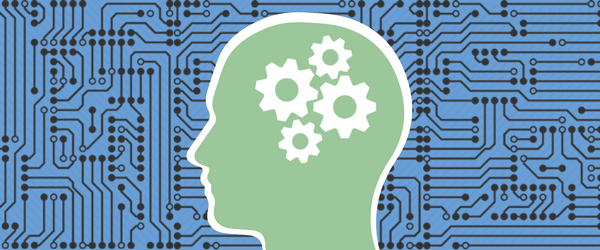posted on Dec 14, 2017 by NelsonHall Analyst

At the Intelligent Automation (IA) event in New Orleans, December 6-8, snow in the Big Easy air was not the only surprise. As expected, there was plenty of technological innovation on show in the exhibition hall, but the event also played host to some energized discussions on human-centric gains to be realized from RPA implementation – suggesting that we are indeed moving into the next phase of considering automation holistically in the enterprise.
Specifically, many presentations and conversations shared a theme of human enablement within the enterprise – positioning the organization for greater long-term success, rather than focusing on the short-term fiscal gains of reductions in force and reduced cost to serve specific processes. Here are four automation gain frameworks I took away from the event that are focused on areas other than raw FTE reduction.
Automation as a disruption buffer
‘Disrupt or be disrupted’ has become a mantra for many change management executives across industries, and it was invoked numerous times during the IA event in relation to automation’s role as a buffer to disruptive change – in both directions. An automated workforce can quickly scale up (or down) as needed without costly and time-consuming facility management and workforce rationalization tasks. While there was some discussion regarding the downside containment role of RPA, far more participants at the event were looking to RPA as a tool to effectively manage explosive growth in their sectors
Automation as a ‘hazmat bot’
The idea of using bots to handle sensitive processes and data emerged as a strong theme for the near-term RPA sector roadmap. Where bots were actually less trusted with ‘low-touch’ environment data in highly-regulated industries, like BFSI and healthcare, the dialog is beginning to turn in favor of sending bots to touch and manipulate that data rather than humans.
The rationale is sound: bots can be coded with very narrowly-defined rights and credentials, self-document their own work without exception, and produce their own audit trails. Expect to see this trend gain steam in 2018 and beyond. ‘We send bots into nuclear reactors and onto other planets,’ one attendee told me. ‘We treat the data core in card issuance with no less of a hazmat perspective – where we can minimize human contact, we will, for everyone's benefit.'
Automation as a workflow stress diagnostic
The very process of automating workflows within the organization produces a wealth of usable data, and nowhere is that more evident than in analyzing those workflows for exception management stress points. In a given workflow, there are usually clearly defined and straightforward task components, and those that produce more than an average volume of exceptions. By mapping these workflows and using them to understand similar tasks in other areas of the organization, companies can leverage automation data to identify those phases of a workflow that are creating exception management stress for employees, and add support via process redesign, digitization, or assisted automation.
Automation as human capital churn ‘coolant’
Related to the previous point is the idea that RPA is beginning to serve as a very real source of ‘coolant’ for burnout-prone repetitive task areas in the organization by continuously separating work into automation-relevant and human-relevant. Eliminating the most burnout-causing task stages from the human workday reduces the proclivity for turnover and the total cost to the organization of managing the human side of the workforce.
Summary
Productivity, quality, and fiscal gains are often the first three topics of conversation when organizations discuss launching an RPA initiative. But automation has much more to offer, not only to the organizational bottom line, but to the human employees in the enterprise as well. As this sector’s technology offerings evolve and mature, so too do the use cases and benefit frameworks within customer organizations.

